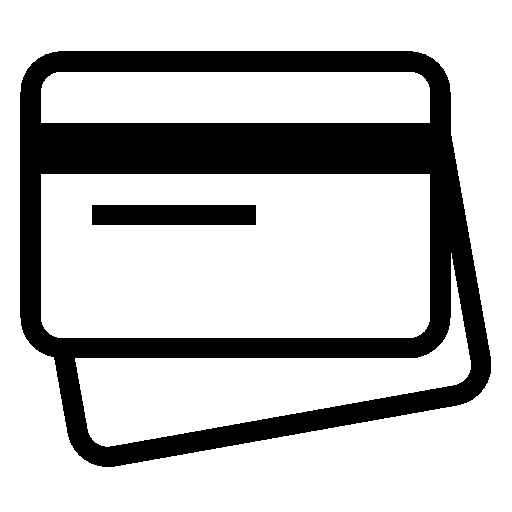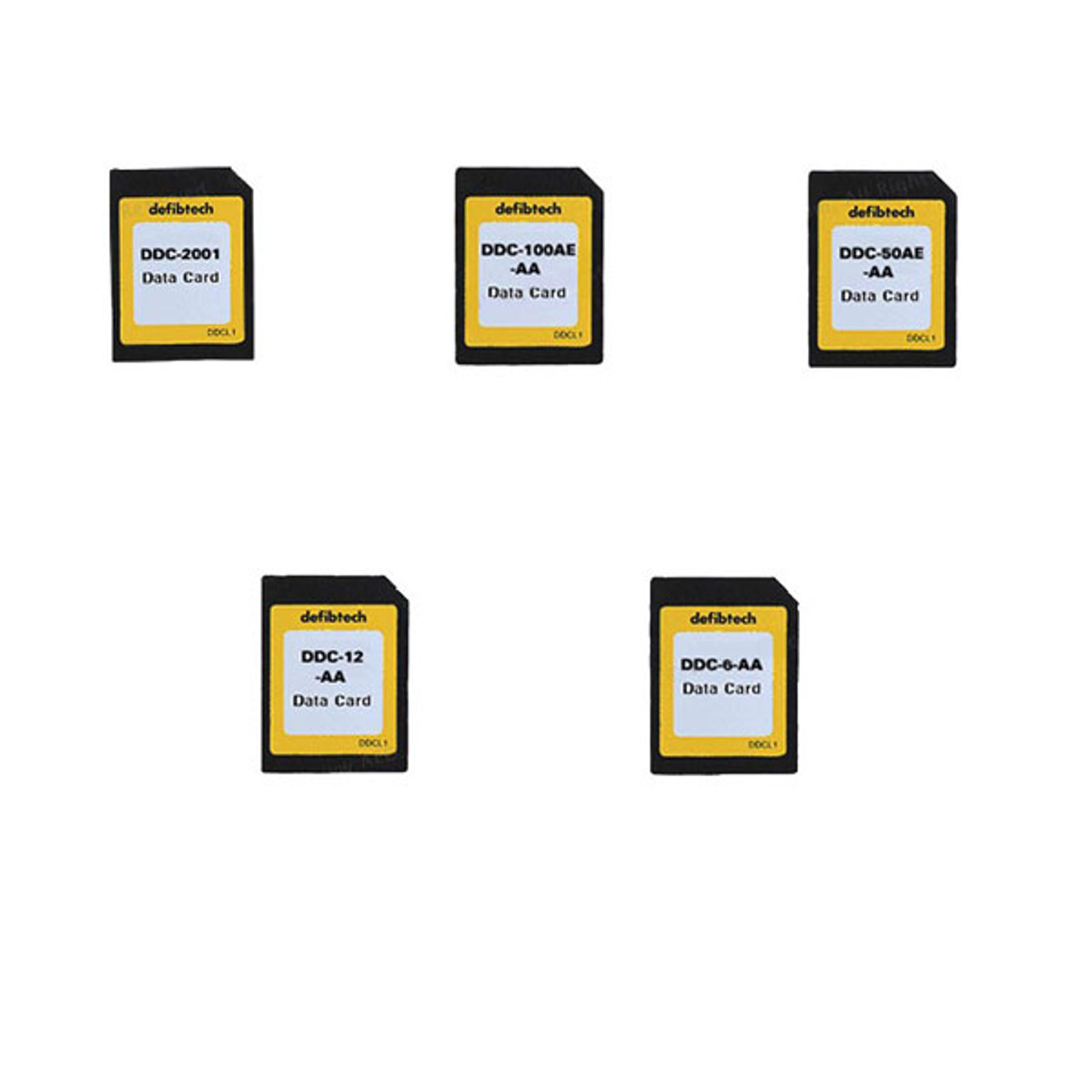In the world of automated external defibrillators (AEDs), Defibtech stands out as a reliable brand that provides life-saving solutions. Central to the functionality and usability of Defibtech AEDs is their data card, a critical component used for storing vital information during and after a cardiac emergency. For healthcare professionals, emergency responders, and organizations using Defibtech devices, understanding the data card format is essential for seamless operation, data retrieval, and compliance with reporting requirements.
This article delves into the Defibtech data card format, covering its purpose, structure, compatibility, and best practices for use.
What Is a Defibtech Data Card?
The Defibtech data card is a storage medium designed to work with Defibtech AEDs such as the Lifeline AED and Lifeline VIEW AED. It serves as a repository for crucial event data, including:
- ECG Data: Records the patient’s heart activity during the use of the AED.
- Event Logs: Captures timestamps of critical actions, such as power-on, shock delivery, and CPR intervals.
- Device Diagnostics: Logs AED functionality and self-tests for maintenance tracking.
The data card allows users to download and analyze this information, which is vital for medical review, training, and quality assurance.
Structure and File Format
Defibtech data cards typically use a proprietary file structure optimized for compatibility with their AEDs and software tools. Here’s a breakdown of the key features of the data card format:
1. File Types
Defibtech data cards store various file types, including:
- .ecg Files: These files contain ECG recordings, providing detailed heart rhythm data.
- .log Files: Event logs that document the sequence of actions during an emergency.
- .cfg Files: Configuration files that store device settings and operational parameters.
2. Data Partitioning
The card’s storage is partitioned to organize data efficiently:
- Event Data Section: Dedicated to recording usage events and ECG traces.
- Device Maintenance Logs: Tracks diagnostics and operational status reports.
3. Capacity and Size
Most Defibtech data cards come with a storage capacity ranging from 16 MB to 64 MB. While this may seem small compared to modern storage devices, it is sufficient for the specific purpose of recording short-term event data.
4. Compatibility
The data cards are formatted to work exclusively with Defibtech AEDs and their proprietary software, such as the DefibView program for data review and analysis. The cards typically use a FAT16 or FAT32 file system to ensure cross-platform readability when inserted into a computer.
How to Use a Defibtech Data Card
Proper use of the data card ensures smooth operation and accurate data collection. Below are steps and best practices for using the Defibtech data card.
1. Inserting the Data Card
- Ensure the AED is powered off before inserting the data card into its designated slot.
- Insert the card with the label facing up (orientation may vary by model).
2. Recording Data
- The AED automatically begins recording data onto the card during operation.
- Ensure the card has sufficient free space before use; older data may need to be archived and deleted to free up storage.
3. Retrieving Data
- After an emergency, eject the data card and insert it into a computer using a compatible card reader.
- Open the files using Defibtech’s software to review and analyze event data.
4. Clearing Old Data
- Periodically clear outdated files to maintain storage availability.
- Always back up important data before deleting files from the card.
Defibtech Software and Tools for Data Analysis
To fully leverage the data card’s capabilities, users need Defibtech’s proprietary software tools.
1. DefibView
DefibView is the official program for reading and interpreting data stored on Defibtech data cards. Features include:
- Viewing ECG waveforms in real time.
- Reviewing event logs with timestamps.
- Exporting data for medical analysis or record-keeping.
2. Third-Party Compatibility
While Defibtech encourages using their proprietary tools, the data card format is readable by some third-party software programs capable of interpreting .ecg and .log files. However, compatibility should always be verified to avoid data corruption.
3. Firmware Updates
Defibtech data cards are also used for firmware updates. Users can download firmware files from the Defibtech website, load them onto the card, and insert it into the AED for installation.
Best Practices for Managing Defibtech Data Cards
1. Regular Maintenance
- Test the AED and data card periodically to ensure proper functionality.
- Check the card for physical damage or wear.
2. Data Security
- Store data cards in a secure location to prevent unauthorized access to sensitive patient information.
- Use encryption or password-protected systems if transferring data electronically.
3. Backup and Archiving
- Regularly back up data to prevent loss.
- Archive older files in a dedicated storage system for future reference.
4. Replacement and Upgrades
- Replace data cards that show signs of wear or are nearing full capacity.
- Use official Defibtech-approved cards to avoid compatibility issues.
Challenges and Troubleshooting
While the Defibtech data card system is robust, users may encounter occasional issues. Here’s how to address common problems:
1. Card Not Recognized by AED
- Ensure the card is inserted correctly.
- Check for physical damage or dirt on the card’s contacts.
2. Data Retrieval Errors
- Verify that the card reader and computer are functioning properly.
- Use Defibtech software to ensure compatibility during file access.
3. Corrupted Files
- Avoid removing the card while data is being written.
- Use recovery software to attempt data restoration if corruption occurs.
Advantages of the Defibtech Data Card System
The Defibtech data card offers several benefits, including:
- Portability: Compact design allows for easy transport and storage.
- Reliability: Optimized for AED data recording, ensuring minimal risk of failure during emergencies.
- Ease of Use: Intuitive format and software tools make data retrieval straightforward.
- Compliance Support: Facilitates adherence to legal and medical reporting standards.
Conclusion
The Defibtech data card format is a cornerstone of the brand’s AED ecosystem, ensuring accurate and reliable data recording during critical moments. By understanding its structure, functionality, and best practices for use, users can maximize the effectiveness of their Defibtech AEDs and contribute to improved patient outcomes.
Whether you’re a healthcare provider, first responder, or organization managing an AED program, investing time in mastering the Defibtech data card format is an essential step toward preparedness and excellence in emergency care.




